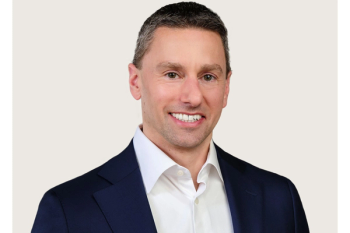
Peyton’s Story: Growing Up with Alopecia Areata
Peyton recalls being diagnosed with alopecia areata at age 8 and her decision to embrace her hair loss instead of pursuing more than 1 therapy.
Peyton: My family first noticed my symptoms when I was 8. I was still figure skating back then, and we thought the little cat ears that I had on my hairline were from the headbands I was wearing. It brought our attention to the issue of hair loss, and I ended up getting diagnosed with alopecia areata.
It was my dermatologist who diagnosed me because I had some previous issues with eczema.
One of the biggest difficulties being a young adult with alopecia is the social awkwardness you face. The people that are trying to be polite, they don’t like to ask the question straight up. Like, “oh, how did you lose your hair? What happened?” And you get assumptions, people thinking you have cancer, people asking you, oh, are you in remission? Things like that. It's not bullying as much as it is just people not knowing what to do with you and what to do with your condition.
I've only used 1 type of therapy for my alopecia. It was a type of minoxidil foam that was originally formulated for stopping regular female pattern baldness. And it worked well for the small, localized spots that I had when I first got alopecia, but over time, my alopecia hair loss started picking up and it wasn't able to keep up. After that, I didn't try to find anything different. I had a wig for a while, I don't know if that counts as therapy. And I worked for about 2 months just to be comfortable with the idea that, hey, I am bald now. And we also did look at these shots that you would inject into the spot with hair loss, and it was supposed to regrow. But the treatment was still pretty experimental, and I didn't want to deal with one of the adverse effects, extreme itchiness.
I've had 4 doctors on the issue and 2 of them were dermatologists. The dermatology aspect is important and also, rheumatologists. They help with the autoimmune part of alopecia, just trying to understand what makes alopecia go and what factors could be helping or hurting it.
Transcript lightly edited for clarity.
Newsletter
Stay ahead of policy, cost, and value—subscribe to AJMC for expert insights at the intersection of clinical care and health economics.








































